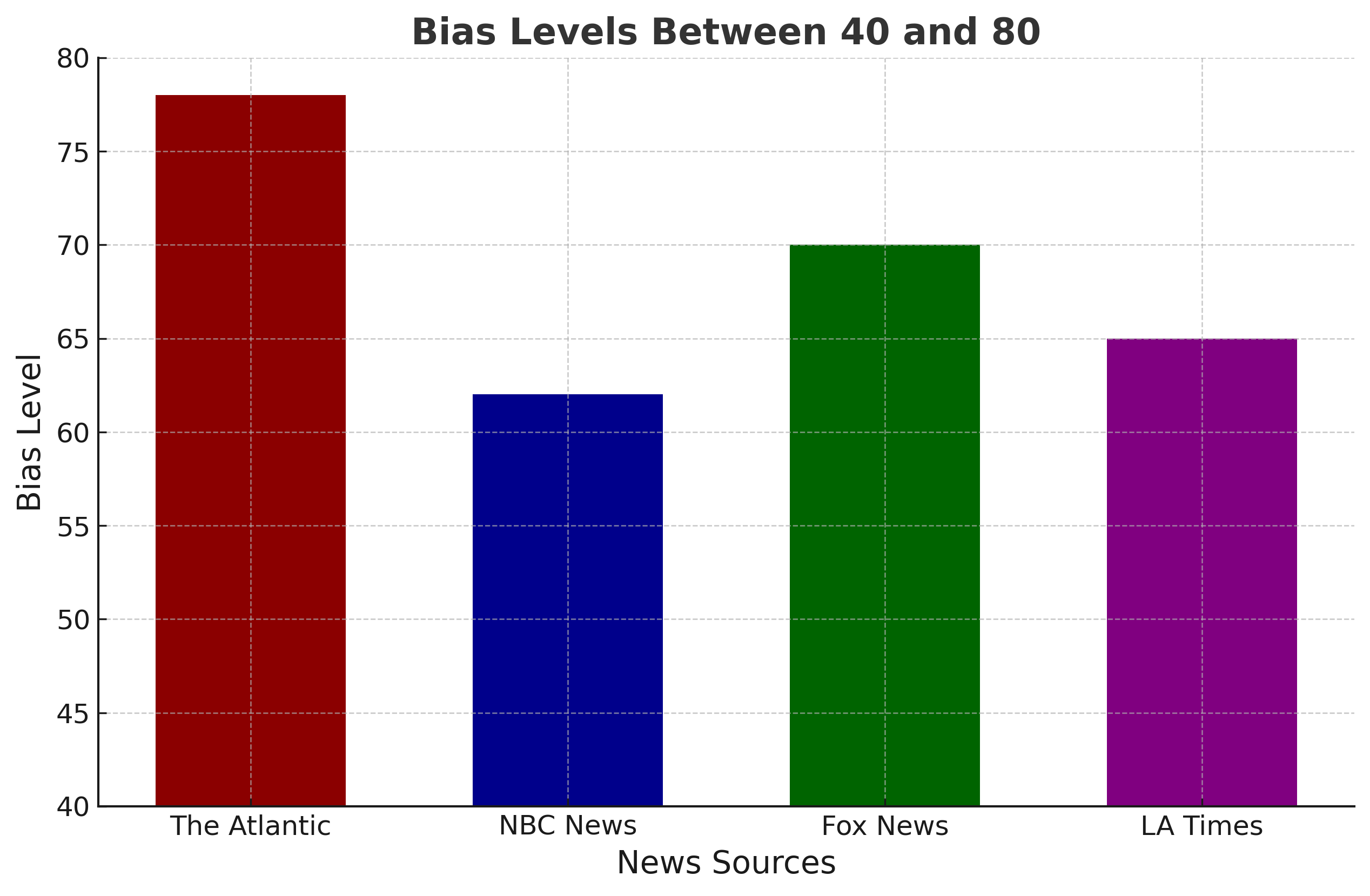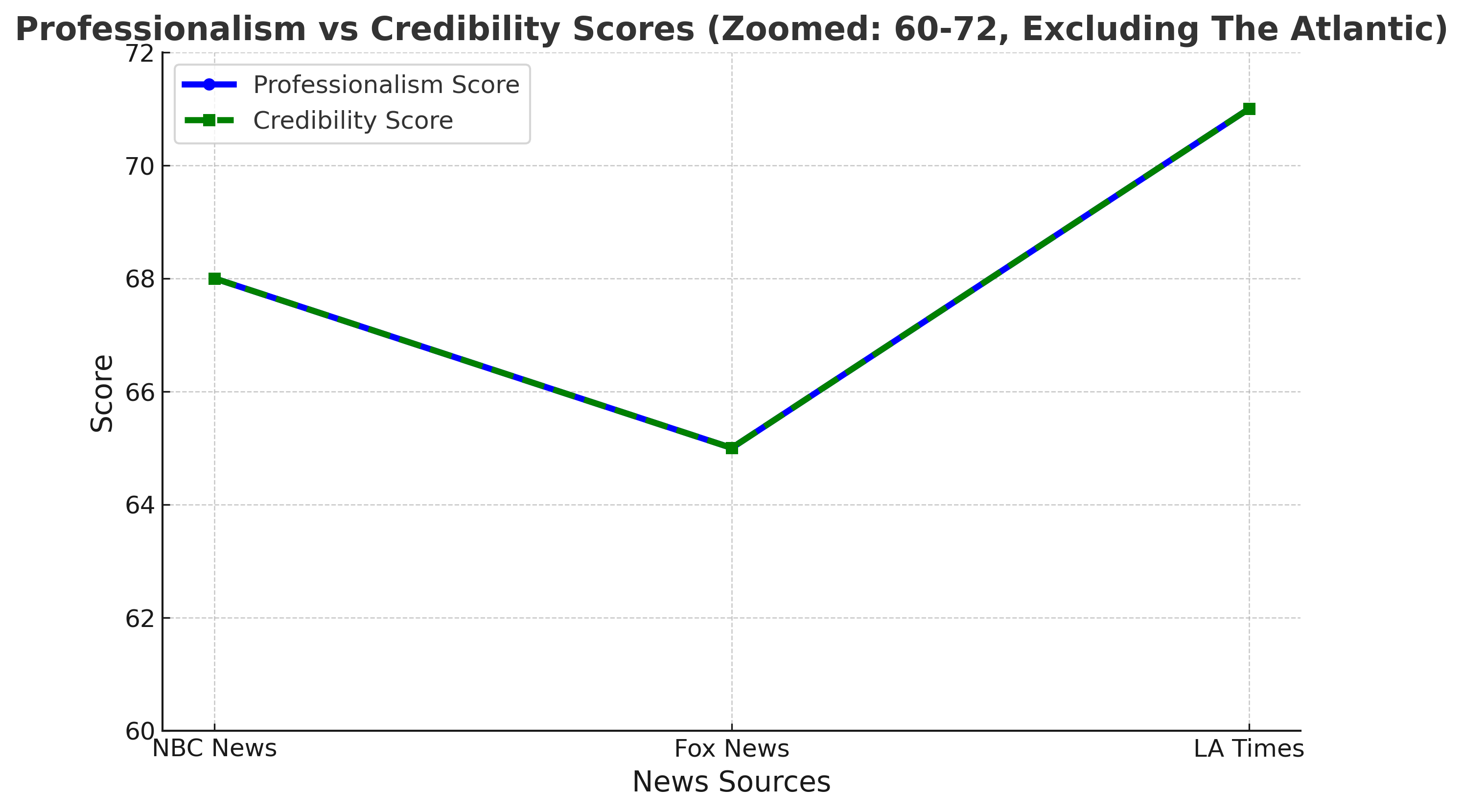- Author David Frum characterizes the Trump-Zelenskyy meeting as revealing "treachery" and Russian alignment
- Claims the meeting exposes Trump and Vance's "animosity" toward Ukraine
- Compares the situation to historical concerns about Soviet spies
- Suggests Trump and Vance are performing "services for dictators and aggressors"
- Characterizes Trump as having a "pro-authoritarian agenda"
"Trump and Vance have revealed to Americans and to America's allies their alignment with Russia, and their animosity toward Ukraine"
"We're witnessing the self-sabotage of the United States."
"The good and great America that once inspired global admiration—that good and great America still lives. But it no longer commands a consensus above party."
The article uses emotionally charged language, implies treasonous behavior, and frames the situation as a moral failing rather than a policy disagreement. It assumes the worst intentions and creates a black-and-white framing of the situation.
The article by David Frum in The Atlantic displays significant left-leaning bias. It uses emotionally charged language throughout, including terms like "treachery," "hatred," and "self-sabotage." The article makes sweeping claims about Trump and Vance's motives and alignments without providing balanced context. While it describes a real diplomatic incident, it frames it entirely through a partisan lens that assumes the worst intentions. The piece lacks balance in sources and perspective, presenting a one-sided interpretation that aligns with the publication's established political stance.
This article is unreliable because it fails to adhere to several basic journalistic standards, including fair presentation, separation of news from opinion, and avoiding loaded language.
- Describes the Trump-Zelenskyy meeting as a "remarkable confrontation" that "devolved into a shouting match"
- Includes perspectives from both Republican and Democratic lawmakers
- Provides context about a minerals deal that was the original purpose of the meeting
- Quotes a White House official saying Trump and others "felt disrespected"
- Includes follow-up interview with Zelenskyy by NBC reporter Kristen Welker
"Democrats universally slammed Trump and Vance, accusing them of kowtowing to Putin."
The article quotes Rep. Seth Moulton saying "this is the beginning of the end. Putin starts not only walking all over Ukraine, but walking all over Europe" without providing equivalent counterbalance.
While the article includes perspectives from both parties, it uses more emotionally charged framing when presenting Democratic viewpoints and gives more space to Democratic criticism than to Republican support. The article includes significantly more quotes from Democrats expressing alarm than from Republicans expressing support.
NBC News provides more balanced coverage than some other outlets on this topic, including perspectives from both Republicans and Democrats. However, it still shows a left-leaning bias in its framing and selection of quotes. The article attempts to provide context for the confrontation and includes statements from both sides, though it gives more space and emotional weight to Democratic criticism. The reporting includes factual information about the meeting and its aftermath while providing relevant background on the relationship between the U.S. and Ukraine.
This article generally maintains basic standards of credibility and transparency, though it shows notable bias in source selection and quote emphasis. While it presents multiple perspectives, the framing and emphasis of those perspectives reveals a moderate left-leaning orientation.
- Claims to have exclusive insight into why the Trump-Zelenskyy meeting deteriorated
- Focuses on security guarantees as the primary sticking point
- Emphasizes that Zelenskyy rejected a proposed minerals deal
- Portrays Zelenskyy as refusing to compromise
- Includes direct quotes from the meeting but with limited context
"According to sources close to Zelenskyy, tempers had flared even before the event began. The Ukrainian president was apparently presented with a minerals for security agreement by the Trump administration prior to the press event, but the deal included no security guarantees to protect Ukraine from another Russian invasion."
"Zelenskyy's refusal to sign a deal apparently contributed to the ire of Trump and Vice President JD Vance."
The article frames Zelenskyy as the primary instigator of the conflict by refusing to sign a deal, suggesting Trump and Vance's anger was justified. It emphasizes Zelenskyy's rejection of the deal without equally analyzing whether the deal itself was reasonable, placing the burden of compromise primarily on Ukraine rather than presenting it as a mutual negotiation.
Fox News provides a narrative that frames the meeting breakdown primarily from the perspective that Zelenskyy rejected a reasonable deal. While the article includes direct quotes from the meeting and some context about Ukraine's security concerns, it frames the conflict in a way that portrays Trump and Vance's frustration as justified and Zelenskyy as uncompromising. The "FIRST ON FOX" framing suggests exclusive reporting, but the sourcing is vague ("According to sources close to Zelenskyy"). The article provides some valuable context about the minerals deal that wasn't prominent in other coverage, but its framing shows a right-leaning bias in how it interprets the breakdown of negotiations.
This article generally maintains basic standards of credibility, providing first-hand quotes and some context for the conflict. However, its framing of events shows bias in how it interprets the meeting breakdown, and its sourcing is somewhat vague. The article provides valuable information about the minerals deal but presents a perspective that portrays one side more favorably than the other.
- Describes the meeting as an "extraordinary diplomatic rupture"
- Provides substantial direct quotes from all parties involved in the exchange
- Notes reactions from European officials following the meeting
- Mentions context about previous U.S.-Russia talks without Ukrainian involvement
- Includes perspectives from both supportive and critical Republican voices
"It was an exceptional rebuke of a U.S. ally without precedent even for Trump, who in his first term frequently used joint appearances with world leaders to further his interests."
"The Trump administration has ruled out contributing U.S. forces to that effort, and the president has said Ukraine can 'forget about' joining the North Atlantic Treaty Organization, a longtime goal of Kyiv opposed by Putin."
The article frames Trump's actions as unusually harsh and unprecedented, using emotionally charged descriptors like "extraordinary diplomatic rupture" and "exceptional rebuke." It also frames Trump's stance on NATO as implicitly aligning with Putin's interests rather than as an independent policy position, and mentions Trump's "false blaming" of Ukraine for starting the war without providing Trump's full context.
The LA Times article offers a relatively comprehensive account of the meeting between Trump, Vance, and Zelenskyy, providing substantial direct quotes and contextual information. While it maintains professional standards in reporting facts and including perspectives from multiple stakeholders, it shows moderate left-leaning bias in its framing and language choices. The article characterizes Trump's actions with more negative terminology than Zelenskyy's and emphasizes European concerns about Trump's approach to Ukraine and Russia. However, it does include balance by quoting multiple perspectives, including Republicans who both criticized and supported Trump's position.
This article generally maintains basic standards of credibility and transparency, providing direct quotes and multiple perspectives. However, it shows bias in framing and word choice that suggests an editorial slant in its presentation of events, though less pronounced than in some other publications covering the same event.

